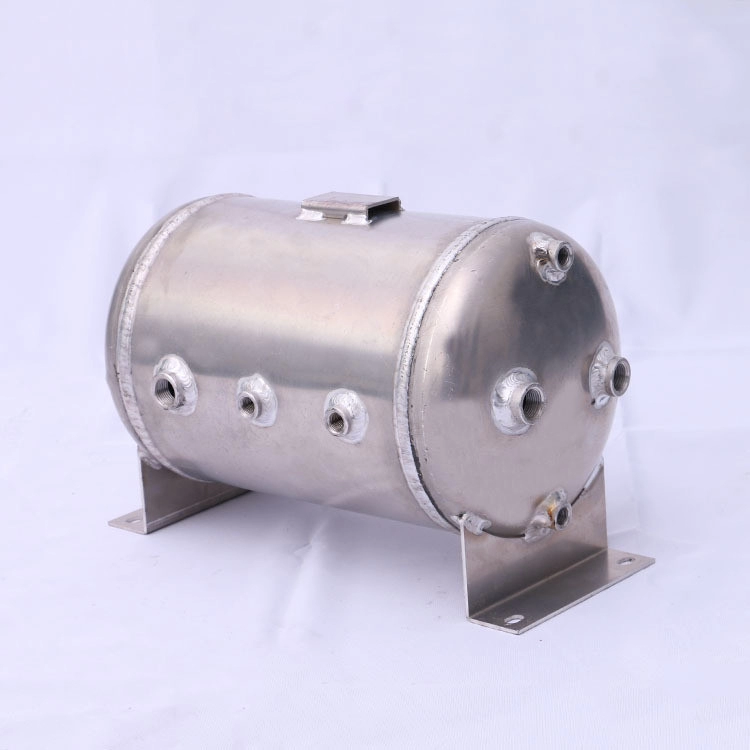Stainless Steel Storage Tank: 5 Pro Tips For Longer Life!

Corrosion: The Silent Tank Killer
The Material Upgrade Solution
Switching from 304 to 316L grade stainless makes a huge difference. The extra molybdenum boosts corrosion resistance dramatically. Consider this real case: A dairy plant reduced tank replacements by 70% after upgrading to 316L stainless steel storage tanks for acidic whey storage. That’s serious ROI!
Cleaning Procedures: More Than Just Looks
| Method | Effectiveness | Risk Level |
|---|---|---|
| Chemical Cleaning | High for residues | Medium (pH critical) |
| Mechanical Scrubbing | Moderate | High (surface damage) |
| Steam Cleaning | Excellent | Low (when controlled) |
Maintenance Schedule: Your Tank’s Lifeline
5-Step Inspection Protocol
- Monthly: Check for exterior scratches/dents
- Quarterly: Test drainage valves and seals
- Biannually: Inspect weld points with borescope
- Annually: Conduct thickness ultrasound testing
- Every 5 years: Professional passive layer verification
Environmental Factors You Can’t Ignore
Counterintuitively, installing shade structures or protective coatings often extends tank life more than upgrading materials. A petrochemical plant in Texas increased tank lifespan by 40% simply by adding solar-reflective paint to their storage tank made of stainless steel.
Installation Errors That Haunt You
Your Tank Longevity Checklist
- ✓ Visual inspection for new scratches/dents
- ✓ Check for fluid leaks at joints
- ✓ Verify pressure/vacuum relief valves
- ✓ Clean exterior with pH-neutral solution
- ✓ Document ambient temperature extremes
FAQs: Stainless Steel Storage Tanks
A: With proper maintenance, 25-40 years. I’ve seen food-grade tanks last 50+ years when cared for correctly!
Q: Can I repair scratches myself?
A: Light surface scratches – yes, using specialized stainless polishing kits. Deep scratches? Always call professionals to prevent corrosion nests.
Q: Why choose stainless over plastic tanks?
A: Stainless offers superior durability, temperature resistance and hygiene. Plastic tanks degrade under UV exposure and may leach chemicals.









